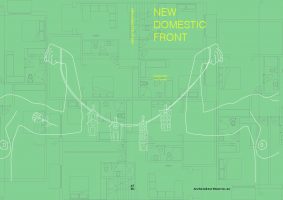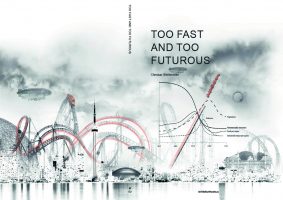(English)
For the summer semester 2017, the Master’s Studio at Architectural Theory investigated the phenomenon of architectural avant-garde(s). Coming from the military field, in the 1820s the word “avant-garde” was applied for the first time to fine arts by Henri de Saint-Simon, who believed that artists had the responsibility (and the privilege) of introducing new ideas in society. From the early twentieth century on, avant-gardist movements emerged in the architectural field as well: they were characterized by a radical opposition against prevailing conditions, and intended to extend the boundaries of the discipline. Among these, one of the most interesting movements is the Austrian avant-garde of the 1960 and 1970s. Around the years 1967/68, architects (not just in Austria) started to change the scale of their projects, producing more temporary and individual installations, in which humans could experience their bodies in an unknown ways, thanks to the aid of the newest technologies and pharmaceuticals. This changed people’s relationship to one another as well as to their environment. In the case of the Austrian avant-garde, the body became the center of a radical rethinking of architecture, being assumed as the point of departure for the emancipation from suppressing conditions. In their projects, groups such as Haus-Rucker-co, Zünd Up, Domenig&Huth and Coop Himmelblau realized individuality and multiplicity, showing forms of self-displacement and endless becoming. The architects of that period were also affected by an enormous confidence in economic and technological progress, which ended with the oil crisis in 1973. At the same time, popular and youth culture gained a new status in addition to traditional high culture. Nowadays, it is difficult to name architectural practices that are capable of questioning the main issues of their time while expanding the boundaries of the discipline in such a radical way. As a consequence, it is easy to jump to the conclusion that there seem to exist no more avant-garde architecture. But is it really so? This is the main question that the Studio “Do You Avant-Garde?” seeks to answer.












